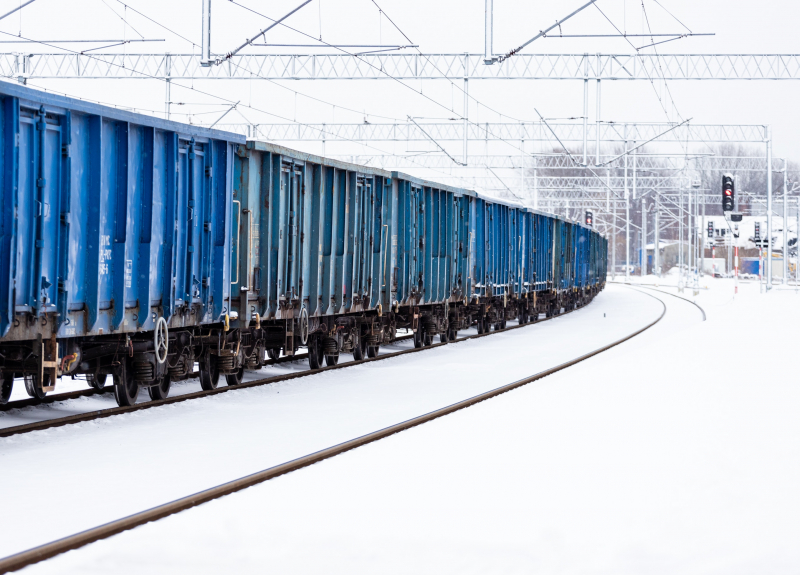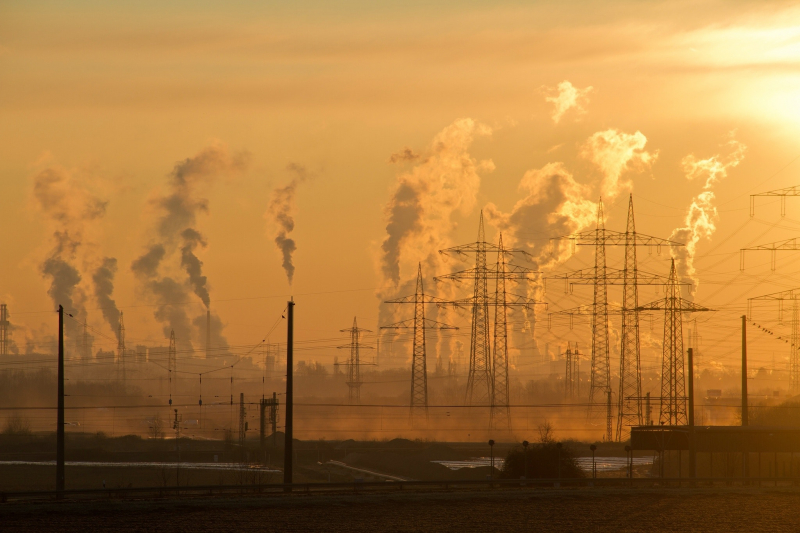Steam-powered locomotives
The Industrial Revolution of the 19th and 20th centuries was propelled by steam. On the world's railroads, it was visually more obvious than everywhere else. Passengers and cargo were transported by steam-powered locomotives, some of which burned coal and some of which burned wood, across plains and deserts, through cities and towns, through mountains, and across rivers.
In every terrain, there were water towers that allowed locomotives to refuel while traveling. Diesel-electric locomotives gradually replaced their powerful steam-powered forebears in the 20th century. In more developed regions, steam engines were no longer necessary thanks to electrified railways. Steam-powered commercial trains were a thing of the past by the middle of the 1950s.
A British-French team is developing a steam locomotive that isn't strictly speaking a steam locomotive because it is powered by hydrogen cells, but it does bring steam back to the rails. In 2018, passenger trains in Germany began running on hydrogen fuel. Some countries are testing hydrogen-powered trains with the intention of using them in regions where electrification of the railway is impractical.
The hydrogen-powered locomotive has an advantage over diesel-electric trains in that it offers enough power to run safely and reliably. It accomplishes this without releasing any hydrocarbons or greenhouse gases into the atmosphere. Instead, water is released from hydrogen cells in the form of steam when they are configured like a locomotive.












